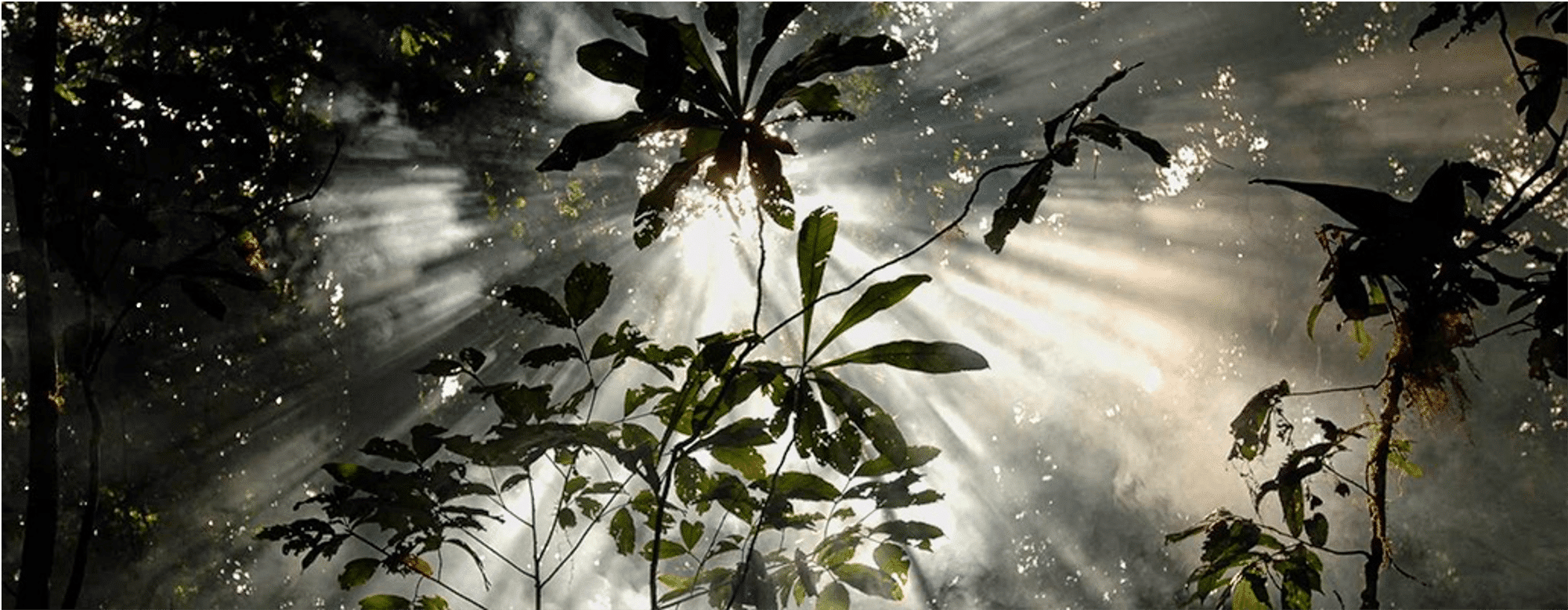
Positive Focus on Carbon Negative Supply Chain
Environmentally friendly operations are a fundamental part of our business – reduce, reuse, recycle comes natural to Silva Cacao. It did not take us long to decide to become a carbon neutral company. Which we are since 2021! Our next goal is to make supply chains carbon neutral, so that our cacao beans have a neutral (and even positive) climate impact in their journey from farm to chocolate maker. This can be realised with insetting.
But let’s start with the beginning: how did we become carbon neutral?
Most of Silva’s carbon emissions are related to commuting, air travel to visit cacao partners, office heating, sample sending etc., and we try to minimize these emissions. We found a beautiful project to compensate for unavoidable emissions: reforestation in Bolivia. It involves smallholder farmers who receive training in sustainable farming instead of the traditional slash & burn farming, which is very detrimental for the environment. The farmers plant trees on their land that provide timber, but also coffee, citrus, cacao (!) and other cash crops. And, very importantly, the trees capture CO2 from the air, reducing greenhouse gases in the atmosphere. It is this carbon sequestration capacity of trees that results in the carbon credits used to offset carbon emissions. An external and accredited party verifies and confirms the carbon calculations and CO2 certificates.
Silva Cacao CO2 Neutral Company
In 2020 Silva embarked on a journey to become carbon neutral with CO2 Logic, a Belgian based company with carbon and climate experts who supported us calculating our carbon footprint, reducing these where possible, and compensating our unavoidable carbon emissions. Silva’s carbon calculations are based on PAS2060, an international standard setting out the requirements for achieving and demonstrating carbon neutrality. This international accredited system was introduced in 2008 with the aim of providing an internationally consistent method for quantifying carbon footprints in order to increase accuracy and transparency. Although it is not evident for a small company to become carbon neutral, Silva Cacao proudly received its CO2 Neutral status in 2021.
Towards Carbon Positivity with Insetting
The International Insetting Platform describes insetting as “the actions taken by an organization to fight climate change within its own value chain in a manner which generates multiple positive sustainable impacts”. In other words, carbon insetting requires investments in sustainable practices within the supply chain. Or more concrete: Silva supporting cacao producers to sequester carbon through tree planting, promote climate resilience, protect biodiversity, and restore ecosystems.
Let’s make this a bit more tangible with a few examples.
Guatemala Finca Paso Cocodrillo
Only 5 years ago, the beautiful cacao forest of Finca Paso Cocodrillo was a grazing land for cattle. For those who don’t know this yet: grazing land is one the least bio-diverse landscapes on this planet with a carbon sequestering capacity of close to nothing, and cattle bringing greenhouse gas emission in the atmosphere. An example of negativite farming practices. Arturo, Erick and their team, turned things around transforming this barren grazing land into a thriving plantation where cacao trees are intercropped with other trees, bushes and plants. Every year this cacao forests captures over 275 tonnes CO2. Deducting the 20 tonnes emmited by the farm, mainly emissions from fertilisers and energy use, a net 255 tonnes carbon is sequestered every year. A carbon positive farm, indeed.
But this is not all. Finca Paso Cocodrillo connects the eco region of Lachua with nearby forests, creating a corridor and increasing the habitat of wildlife. Jaguars have been spotted in the area!
Dominican Republic Zorzal
As a tourist you might think that the Dominican Republic is full of lush forests. The reality is that the country is facing serious deforestation to clear land for agriculture. Our partners from Zorzal are actively involving (and paying!) farmers to plant native trees. These new trees help to restore the Northern Ecological Mountain Corridor. Up to now, 80 hectares of forest landscape have been restored to its former glory, capturing over 720 tonnes of CO2 per year.
East Congo Ituri Region
Hunting, logging, and deforestation are threatening the majestic tropical forests and their wildlife in the Ituri region of Congo DRC. Silva teamed up with Wildlife Conservation Society and Rikolto (NGO for farmers’ support in developing countries) to train farmers in growing cacao in harmony with the natural environment. The cacao farms form a buffer zone around the Okapi Reserve, and protect it from deforestation. WCS has put in place a system to monitor the status of the forest, and thereby the advancement towards a deforestation-free cacao supply chain.
What Can Chocolate Makers Do?
A lot! Cacao may come from far, but climate-positive chocolate is quite possible. Here are some ideas:
- Calculate your carbon footprint. You can use CO2logics calculator or any other reliable calculator for this. Examine your emissions and start to reduce where possible.
- Buy cacao from responsible and climate friendly supply chains.
- Ship full pallets or collaborate with colleague chocolate makers to fill up pallets to reduce carbon emissions for transport (and reduce costs at the same time)
- Become CO2 neutral by offsetting your emissions. Or support Silva’s flagship projects and become a carbon insetter for sourcing cacao.
